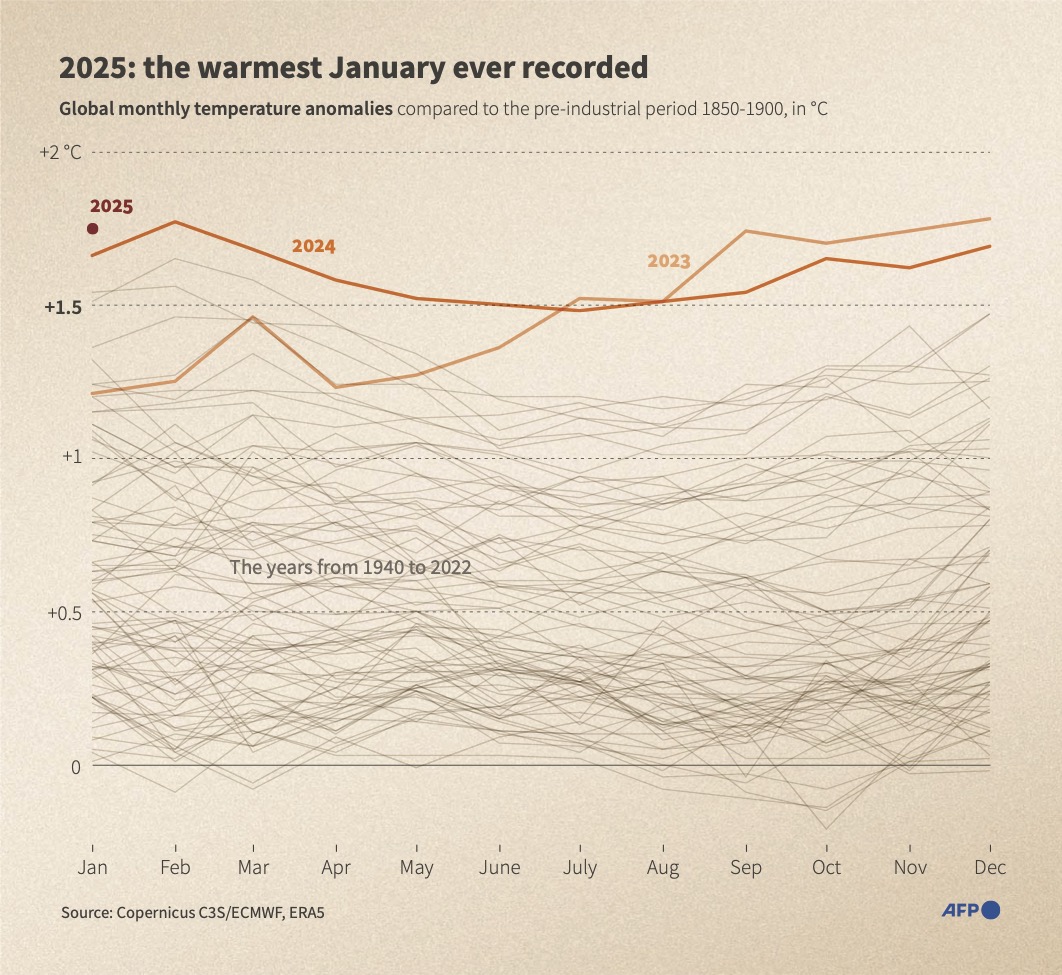WASHINGTON: Stacey Williams alleged this week that former President Donald Trump groped her at Trump Tower in early 1993 as disgraced hedge fund manager Jeffrey Epstein watched. The former model made the allegation during a video chat of sexual violence survivors supporting Vice President Kamala Harris ‘ campaign.
Williams’ allegation is the latest in a lengthy list of accusations made against Trump, including by E. Jean Carroll, who has been locked in a legal battle with the businessman-turned-president after a jury found him liable in 2023 for sexually assaulting the advice columnist in 1996 and later for defaming her. The allegations against Trump go back decades and include those described in the “Access Hollywood” tape, a 2005 video made public weeks before Election Day 2016 that showed the then-reality television star bragging about grabbing, forcibly kissing and sexually assaulting women.
Williams said on the video call that she met and began seeing Epstein in 1992. Epstein died by suicide in 2019 while awaiting trial in New York for a series of sex trafficking charges, sparking rampant conspiracy theories.
The former model said the two were walking down Fifth Avenue in “late winter, early spring” of 1993 when Epstein suggested they “stop by and see Trump.”
“So we went into Trump Tower and went up the elevator. And moments later, Trump was greeting us and he pulled me into him and started groping me,” Williams recalled. “He put his hands all over my breasts, my waist, my butt. And I froze. And I froze because I was so deeply confused about what was happening because the hands were moving all over me.”
Karoline Leavitt, a Trump spokeswoman, called the allegations “unequivocally false” and argued they were politically motivated.
Williams said Epstein and Trump “were, like, smiling at one another and continuing on in their conversation.” At the time of the alleged incident, Trump was in his mid-40s, while Williams was in her mid-20s.
When the two left, Williams said, there was “seething rage” by Epstein, who swiftly began “berating” her once they got to the sidewalk.
“He kept saying, ‘Why did you let him do that? Why did you let him put his hands all over you?’ And he made me feel so disgusting,” she recalled, adding later that she “felt so humiliated and so sick to my stomach and was so upset.”
As she “absorbed what happened,” however, Williams said she felt like there was some “sort of sick bet or game” between Trump and Epstein and that she was “rolled in there like a piece of meat for some kind of challenge or twisted game.”
Williams added that “not long after” that meeting in Trump Tower she received a postcard from Trump. Williams said her agent received the postcard, via courier, from Trump.
Williams’ team provided The Associated Press with images of the postcard. One side is a photo of Palm Beach and Mar-a-Lago, the former president’s resort in Florida, and the other side is writing allegedly from Trump. “Stacey, your home away from home. Love, Donald,” reads the postcard.
The organizer of the Survivors for Harris video call said this week’s meeting was not affiliated with the Harris campaign and was an outside gathering of sexual violence survivors and advocate organizations. The Harris campaign declined Friday to comment on the allegations. A member of Williams’ team said she has had no contact with the Harris campaign.
In an interview with CNN after the video call, Williams called the encounter with Trump “one of the strangest moments of my life.”
“I think I probably was trying to smile and go through the motions of being engaged the way you would in a social situation. But it was an out-of-body experience,” she said. “So, I don’t know if I spoke, I don’t know if I answered questions, I don’t know.”
Although Trump has sought to distance himself from Epstein in recent years, he told New York Magazine in 2002 that he had known “Jeff” for 15 years.
“Terrific guy,” Trump told the magazine. “He’s a lot of fun to be with. It is even said that he likes beautiful women as much as I do, and many of them are on the younger side. No doubt about it — Jeffrey enjoys his social life.”
Trump has faced allegations of sexual misconduct and assault for years, all of which he has denied. Many of these allegations followed the publishing of the “Access Hollywood” tape in 2016. While the moment was perilous for Trump’s campaign, he went on to win the 2016 election and the allegations against him have not slowed his political rise.
Williams told CNN that she chose not to come forward earlier due to family considerations.
“You want to be really, really ready, and I wasn’t,” Williams told the network. “I think there’s an evolution to contending with your abuse, or these types of incidents, and it doesn’t happen overnight.”
Trump accused of groping a woman in 1993 while Jeffrey Epstein watched
https://arab.news/6b77t
Trump accused of groping a woman in 1993 while Jeffrey Epstein watched

- Williams’ allegation is the latest in a lengthy list of accusations made against Trump, including by E. Jean Carroll
- Karoline Leavitt, a Trump spokeswoman, called the allegations “unequivocally false” and argued they were politically motivated






















